Advantages of Residing in a Pedestrian-Friendly Community
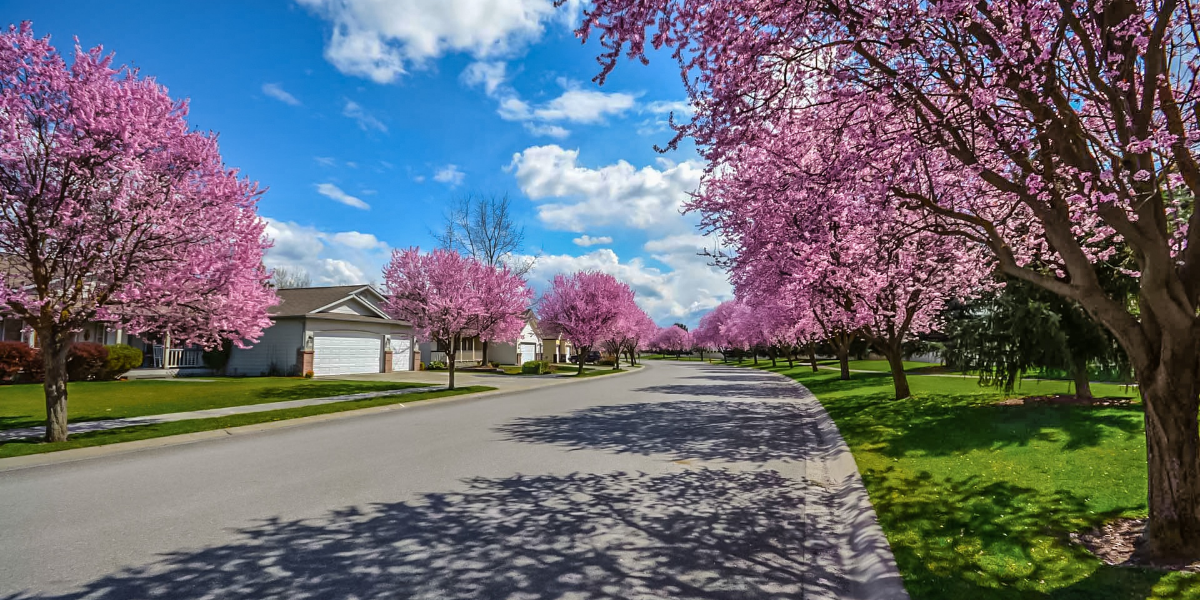 As the world urbanizes and communities grow denser, the allure of walkable neighborhoods is capturing the attention of many prospective homebuyers. Walkability refers to how friendly an area is to walking, and it offers a myriad of benefits that can significantly enhance one's lifestyle, environment, and health. This discussion explores the key advantages of choosing to live in a pedestrian-friendly neighborhood.
As the world urbanizes and communities grow denser, the allure of walkable neighborhoods is capturing the attention of many prospective homebuyers. Walkability refers to how friendly an area is to walking, and it offers a myriad of benefits that can significantly enhance one's lifestyle, environment, and health. This discussion explores the key advantages of choosing to live in a pedestrian-friendly neighborhood.- Health and Wellness A significant benefit of living in a walkable neighborhood is the positive impact on personal health. Access to safe walking paths encourages regular physical activity, which is beneficial for cardiovascular health, weight management and overall well-being. Walking instead of driving can help residents integrate exercise naturally into their daily routines, leading to healthier lifestyles.
- Economic Savings Residing in a walkable community can also lead to considerable economic savings. The need for a car, with associated costs such as fuel, insurance and maintenance, diminishes when amenities are accessible by foot. Furthermore, these neighborhoods often enhance property values, making them a smart investment for homeowners.
- Environmental Benefits Walking more and driving less contributes to a reduction in carbon emissions and environmental pollutants. Walkable neighborhoods support eco-friendly practices and promote a sustainable lifestyle by lowering the community's overall carbon footprint. This contributes positively to global environmental efforts.
- Enhanced Sense of Community Walkable neighborhoods nurture a stronger sense of connection among residents. The increased foot traffic promotes interaction and engagement, forging a communal spirit. Regular encounters with neighbors build familiarity and friendships, fostering a supportive community atmosphere.
- Improved Access to Amenities A hallmark of walkable neighborhoods is their proximity to essential servies and recreational spaces. Residents typically enjoy convenient access to shops, restaurants, parks and cultural attractions, minimizing the need for lengthy commutes. This ease of access enhances the quality of life and increases time spent enjoying local amenities.
In conclusion, choosing to live in a walkable neighborhood presents numerous benefits that influence health, finances, social life and the environment. As urban planning continues to prioritize pedestrian-friendly infrastructures, those making a homebuying decision might consider the multifaceted advantages that such communities offer.
Recent Posts

Why Smart-Home Features Are No Longer a Luxury - They're a Selling Point
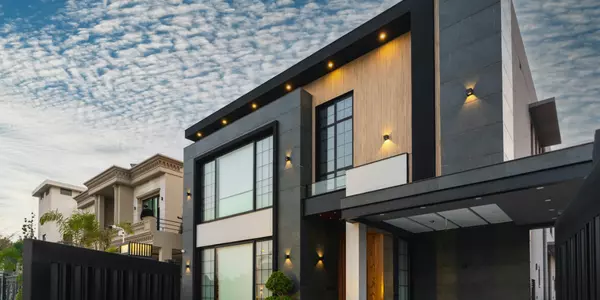
Top 5 Luxury Neighborhoods in North Metro Atlanta (and What Makes Each One Unique)

How Rising Interest Rates Are Shaping the Luxury Market

What Defines a "Luxury Home" in Today's Market?

Professional Packing Tips for Seamless Moving

Effective Strategies for Managing Tenant Disputes
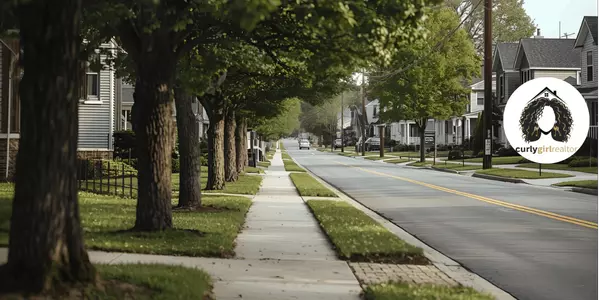
The Influence of Local Policies on Vacation Rental Markets

Understanding Property Management Companies in Vacation Rentals
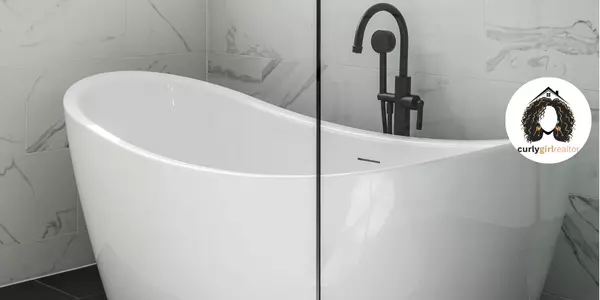
Exploring the Global Landscape of Luxury Real Estate
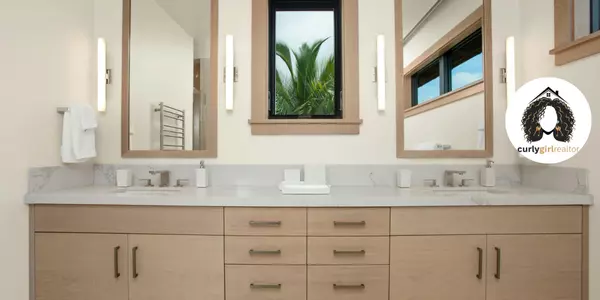
Demystifying Mortgage Refinancing: The Optimal Timing and Process
GET MORE INFORMATION

